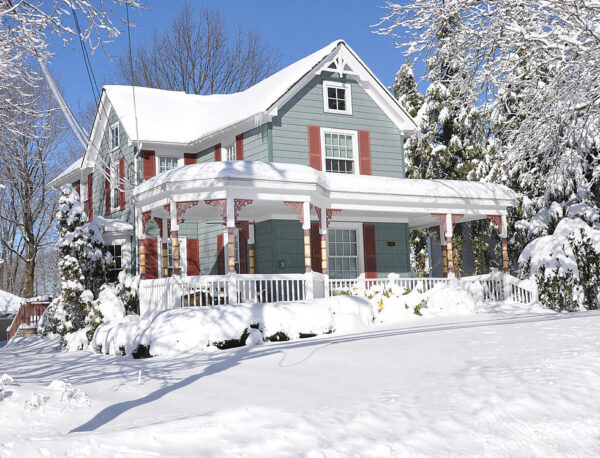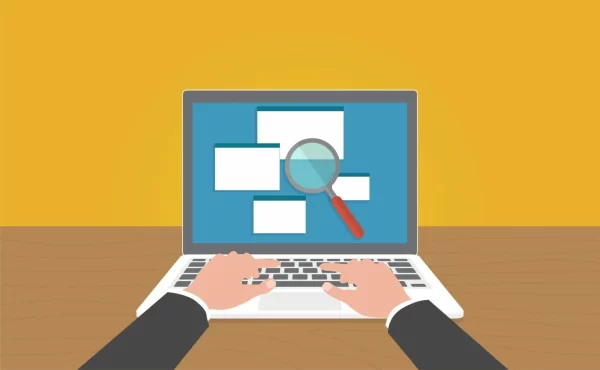Welcome to Wisconsin, a place filled with amazing opportunities and memorable adventures. The Badger State offers four distinct seasons, breathtaking natural beauty, and a thriving culture that values both tradition and innovation. Wisconsin offers a distinctive blend of urban and rural lifestyles that cater to various inclinations, from booming cities like Milwaukee to charming tiny towns like Janesville. When compared to other US states, Wisconsin is renowned for having a comparatively inexpensive cost of living. Milwaukee Houses for Sale are reasonably priced, with a median home sale price of $250,000. The cost of rent is reasonable throughout Wisconsin. Fun fact, Wisconsin state climatology office lists Couderay, Wisconsin, in 1996 as having the state’s all-time-lowest temperature of minus 55 degrees? Read on for tips on how to winterize your Wisconsin home.
Insulate Pipes
Pipe insulation will lower your hot water costs. Also, it can lessen the likelihood of pipes freezing, which might be disastrous. If your pipes feel warm to the touch, check them. If so, insulation might be a suitable fit for them. (Use the same process to find out if your hot water heater needs insulation.) Most hardware stores sell pipe foam that has been pre-slit. It should be sized appropriately and secured using duct tape. The ideal insulation should have the maximum R-value possible, which is a gauge of how well it blocks heat.
Weather Seal
Fill up cracks, gaps, and other openings to stop chilly air from leaking into your house. Moreover, weather seals can be installed around any windows and doors. You may also swap out your summertime lightweight curtains with thermal-lined drapes, which will keep your house cozy and may even cut your heating bill, to further prevent cold air from leaking through window cracks.
Smart Thermostat
To ensure that your house or apartment is properly insulated, it is advised to maintain a temperature of at least 65 degrees Fahrenheit inside. Throughout the winter, lowering your thermostat or adjusting it while you’re asleep or away from home can help you save money on energy costs. The majority of smart thermostats can also automatically lower the heat when you’re not home and re-warm it when you get there. If you don’t have the money to get a new thermostat, make sure your old one is functioning properly before the coldest weather arrives.
Furnace Filters
Replace or clean furnace filters once a month during the heating season. Filters that are dirty limit airflow and raise energy costs. Make a monthly check on your calendar to ease your mind. Consider installing a permanent filter instead, which will save time and effort. Did you know that only 10% to 40% of trash is really captured by disposable fiberglass filters? Electrostatic screens are far better at containing the germs, mold, viruses, and pollen that cause illness and irritation, trapping about 88% of them. Costs range from $50 to $1,000 or more. Genuine HEPA filters, which can eliminate at least 99.97% of airborne particles, are another excellent option. Replacement of your entire furnace will be much more expensive; but, upgrading an old burner with a more efficient one will save you money each month throughout the heating season. Make careful to utilize any federal tax incentives available for new furnaces.
Winterize AC Units
This one is quite simple and will also help you save some money for next summer: Drain any hoses and air conditioner pipes immediately, and make sure there isn’t any standing water in any equipment. Turn off the water shutoff valve if your air conditioner has one. Similarly, ensure that any hoses are drained and tidied-up before storing them. Switch off the water spigots outside. Sealing any water leaks around the house is a smart idea as well. Don’t forget to take out any window A/C units and store them as well so you don’t attract frigid drafts throughout winter. Make sure to utilize any federal tax credits offered if you’re in the market for a new air conditioner.





